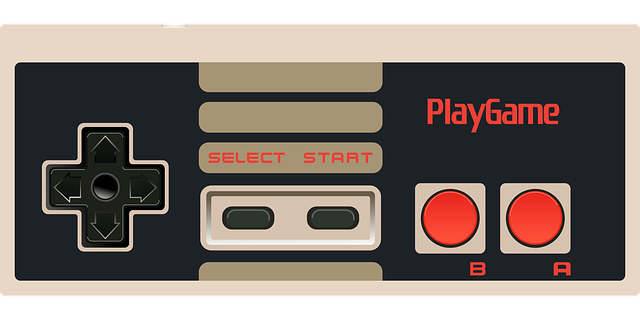OTAN News
Gamifying Your Instruction

With the widespread popularity of video games, a concept that has caught on recently in education is gamification. Simply put, gamification is applying concepts found in games of all types to the learning process. Ultimately, the goal of gamification is to help students engage in deeper ways with lessons, the curriculum, the classroom, fellow students, and learning. In addition to teaching, gamification can challenge students, help students focus, and provide entertainment.
If you have attended an OTAN training or any technology-related workshop recently, you have probably heard about popular edtech apps like Kahoot, Quizlet, Quizizz, and others. To understand why these tools are so popular with teachers and students, it is helpful to be aware of the concepts underlying these programs. You could take these concepts and introduce gamification into your own practice, while integrating technology into your instruction at the same time. The blog post What is Gamification in Education? 6 Ways to Gamify Your Classroom lays out some key ideas to keep in mind:
-
Introduce collectibles – Collecting money, food, building materials, weapons, points, and other items is a key concept in games. In the classroom, as students are completing assignments and activities, they are motivated by working towards a collectible (in online courses, usually a badge).
-
Point-based rewards – The idea is that, as students are completing activities or achieving benchmarks, they are acquiring points (for example, A is 5 points, B is 4 points, C is 3 points, etc.) which could be redeemed later for a reward.
-
Grading via accomplishment – Simply, think about grading and scores in terms of addition (the accumulation of points) rather than subtraction (the loss of points). So, rather than a –3 on a 10-point paper or quiz, the student gets a +7 that can be added to the total running through the course (and could be combined with point-based rewards).
-
At-home work – Rather than making homework a continuation of similar activities a student sees at school, gamify this work (and blend your learning) to make it more like video games and other fun activities that families enjoy in the comfort of their own homes.
-
Compete for participation – This is fairly standard in adult ed classrooms, using competitive games to review for a quiz, reinforce key concepts, and engage students more in the learning process.
-
Play games – There are advantages to using games in class, as described above. When not playing games, though, consider using gaming concepts as a part of instruction to provide motivation for students on a regular basis.
OTAN offers workshops in gamifying your classroom and using popular edtech apps for assessment and other purposes. Contact us at support@otan.us or call us at 916-228-2580 to learn more!
Article: What is Gamification in Education? 6 Ways to Gamify Your Classroom from ViewSonic

